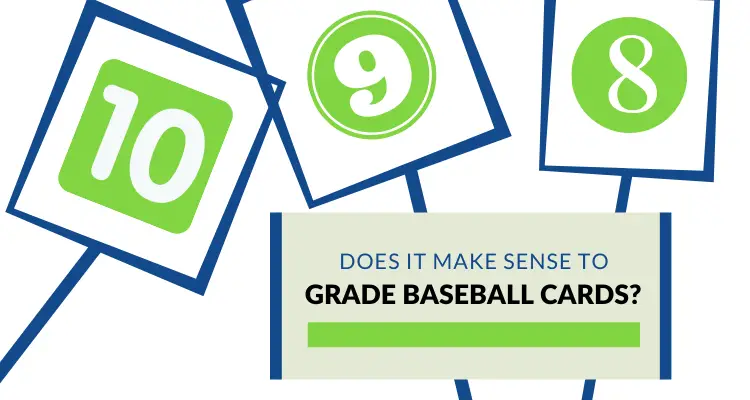 Ryan Barone (@ballcardgenius on TikTok, Card Expert) is a lifelong member of the hobby. He has been quoted in PSA Magazine, and his content has regularly been mentioned in “Quick Rips” (the Topps RIPPED Newsletter) and across other hobby publications. Join his 8,600 followers on TikTok! hello@ballcardgenius.com; Last Time Ago LLC dba Ballcard Genius.
Ryan Barone (@ballcardgenius on TikTok, Card Expert) is a lifelong member of the hobby. He has been quoted in PSA Magazine, and his content has regularly been mentioned in “Quick Rips” (the Topps RIPPED Newsletter) and across other hobby publications. Join his 8,600 followers on TikTok! hello@ballcardgenius.com; Last Time Ago LLC dba Ballcard Genius.
Affiliate Disclosure: This post contains affiliate links. As I am a part of the eBay Partner Network and other programs, if you follow these links and make a purchase, I’ll receive commission. As an Amazon Associate, I earn from qualifying purchases.
This type of detail and transparency is exactly what we need from card grading companies.
I was recently contacted and invited by Edge Grading to grade a couple of cards with their new sports card grading service.
Full disclosure: I was able to do so for free. But here is my honest opinion about the process, and more so, how thrilled I am to see what they’re doing to ensure transparency and grading, and what I feel should be the bare minimum for any grading company moving forward. The cost to grade regularly is $25/card.
I sent two cards in for grading—one was a Ken Griffey Jr. from Topps Gallery, Gallery Heroes, and the other was a Klay Thompson Red Hot from Select, which is /49. Both of these are personal collection cards, and both are cards I’ve been thinking about grading for a long time just because I felt like they were pretty much immaculate.
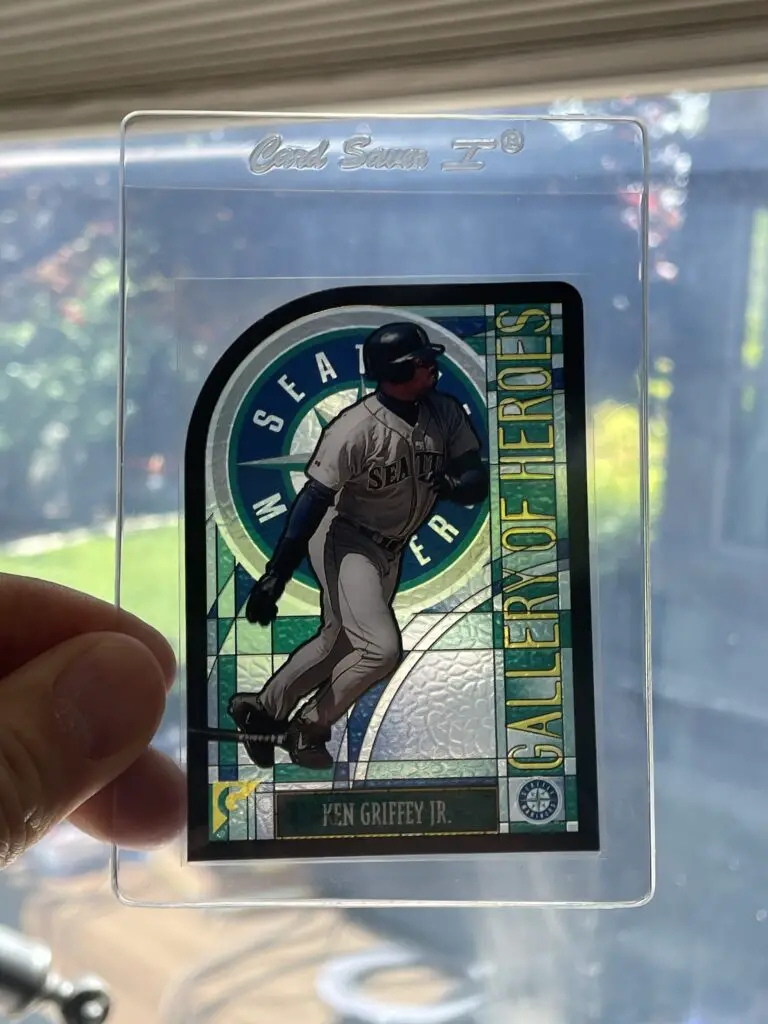
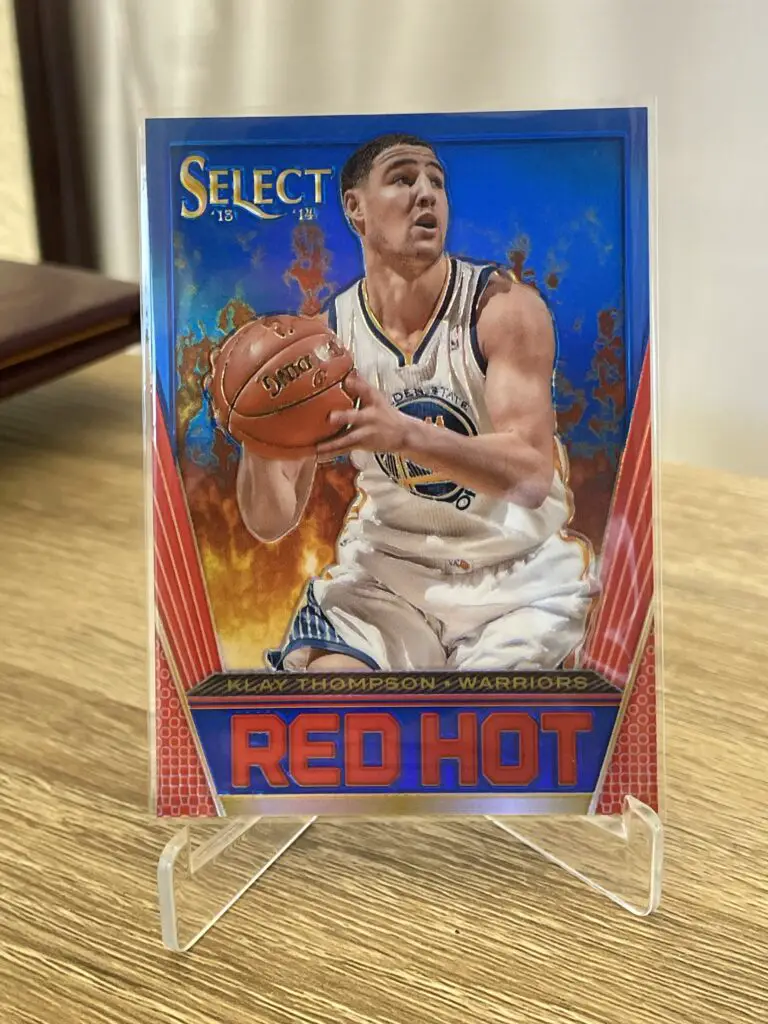
I thought, what better opportunity than now to send these in?
Turnaround Time
After dropping the package in the mail on a Thursday, I received notification on the next Tuesday that it had been received. Then, that Friday morning, I got another notification that grading had been completed—which falls right in line with their estimated turnaround time of 4 to 8 business days.
Regarding the grading specifics, I encourage you to check out the details on the Edge website because there’s a lot more than what I’ve provided below (and it’s all great stuff). The basics, as you’d expect, are that there are four major categories graded on a scale of 1 to 10+; pretty standard—corners, edges, centering, and surface.
Grading Scale
And yes, 10+ as in not all 10s are created equal, which I’m totally on board with just as I and the SGC Pristine and BGS Black Label. Thus, a 10 gem mint is comparable to a PSA 10, but also cards that have a combined score higher than 10 will be considered Ultra Mint and those will be graded as 10+.
Grading values are based on subtraction, considering how each piece of damage is weighed and subtracted. It’s also worth noting that the condition of the front of the card is more important than the back, and as such, their algorithm places significantly higher value on the front of the cards.
There are also multiple tiers to each grade.

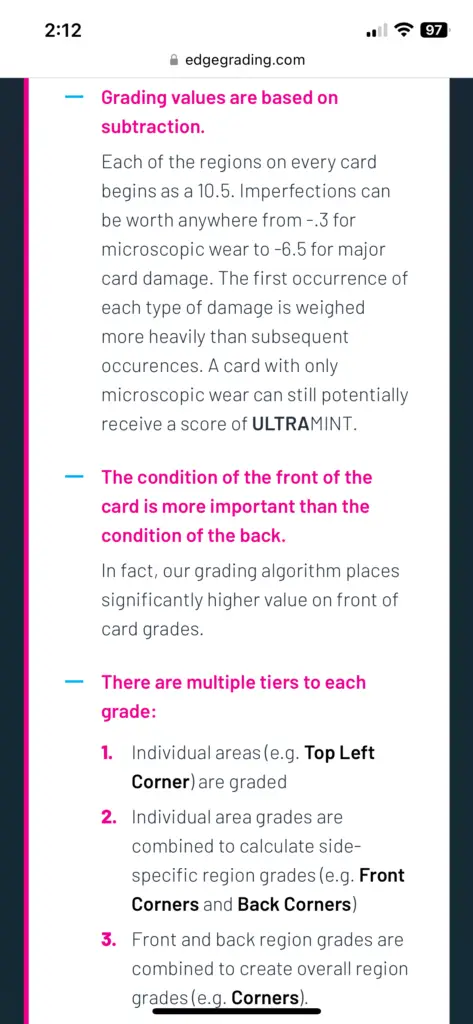

Grading Process
While some grading services rush through evaluations to boost their throughput, Edge prioritizes precision and impartiality, ensuring each card receives the attention it deserves. Each card processed by Edge undergoes a evaluation involving:
- AI Analysis: Their proprietary AI technology scrutinizes every corner, edge, and surface of the card for imperfections, generating a preliminary report.
- Human Expertise: A trained professional reviews and grades the card on 18 specific attributes.
- Grading Spectrum: Cards are assigned a final grade ranging from 1 to 10+.
For that transparency I mentioned above, they capture 18 high-resolution images of each card. These images, along with detailed grades for each attribute, are accessible on their website after grading. This allows anyone to fully assess the card’s condition from every perspective, helping buyers and sellers understand the rationale behind each grade.
Knowing all this upfront is awesome, but what does this look like when a card is graded?
Well, to cut through the suspense and to set the stage, my Ken Griffey Jr. received a 10 “gem mint” and my Klay, which remember, I knew was in really nice condition, received 10+ “ultra.”
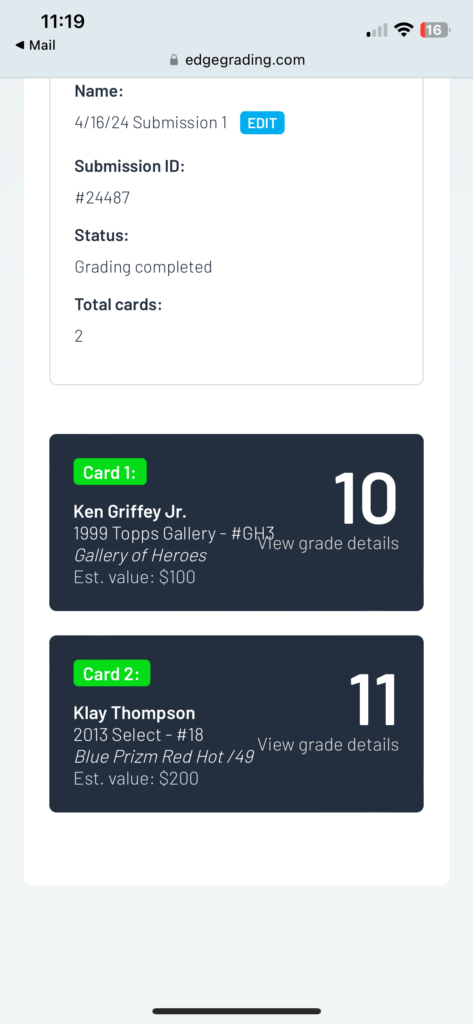

While I love the results, it gets really fun from here.
Not that I really would, but if I wanted to know why my Griffey wasn’t “perfect” like the Klay, I can click into each card’s details and see the precision of the grading. The card received a 10 overall: 10 centering, 10+ corners, 10+ edges, and 10+ surface., and I can click into each subcategory and see exactly why the card was given a certain grade. For example, the front was 54/46, the back 53/47. I can see zoomed-in pictures and subgrades for each of the eight corners.
The absolute kicker for me, though, was that the one blemish was noted, circled on the card photo, and even described.
So, for example, on the front of the Griffey card, there was a very, very faint minor scratch that I hadn’t even noticed when I was looking it over. It’s noted here, circled and described on the card (“micro scratch”).
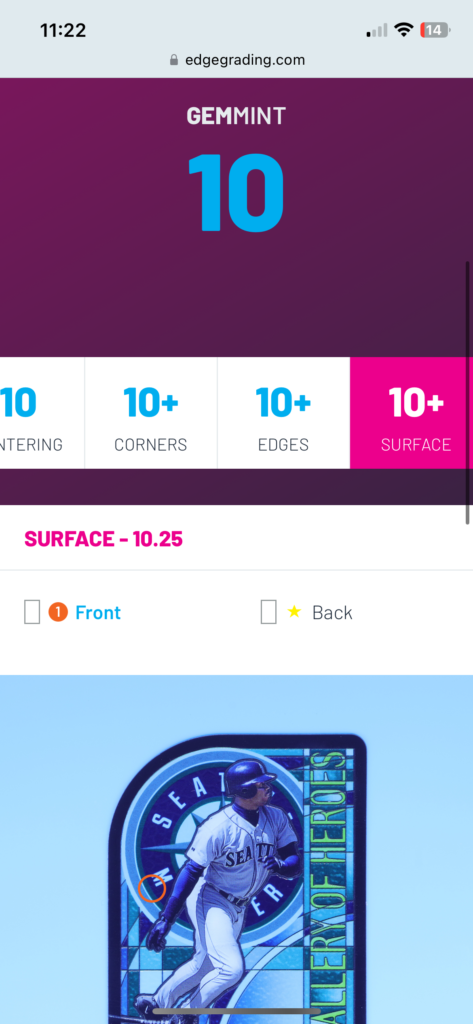
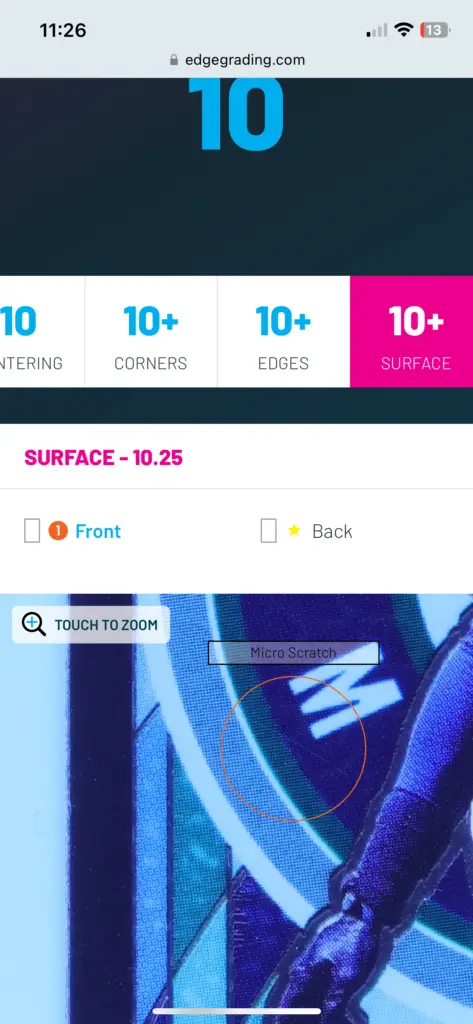
All in all, of course, I’m extremely happy with the grade, but it’s honestly secondary at this point. This level of detail I absolutely love.
I’ve yet to get the cards back in hand, so I’m really interested in how the slab looks and feels, and I’ll be sure to come back and update this post once they arrive.
Again, if anything, go and check out the amount of details they’re providing here: AI grading plus human-graded review, plus photographic proof. Being able to see exactly why a card received a certain grade is what we deserve as people are spending money to get these cards graded.
So, really happy I had the opportunity to do so without grading, and I can’t wait to get these cards in hand.

